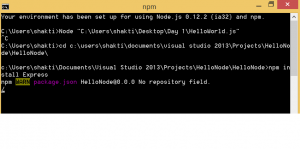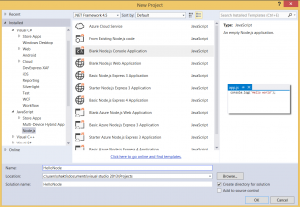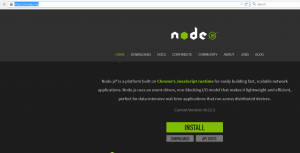Xamarin – What if breakpoints is not getting hit in Visual Studio
If you are working on Xamarin in Visual studio and break point is not getting hit.Try below stuff
Check if the directory where you have your project doesn’t contain any special characters say “(” , “)”
1.) Delete bin, obj folders
2.) Delete *.user files
3.) Clean Solution
4.) Rebuild Solution
Hope this helps someone


